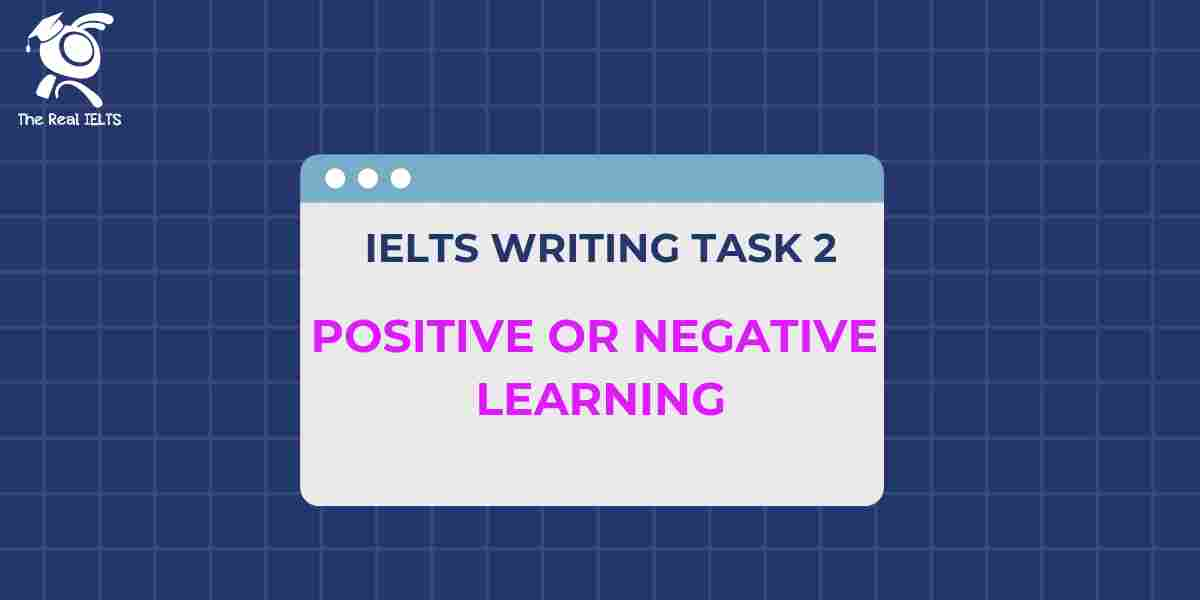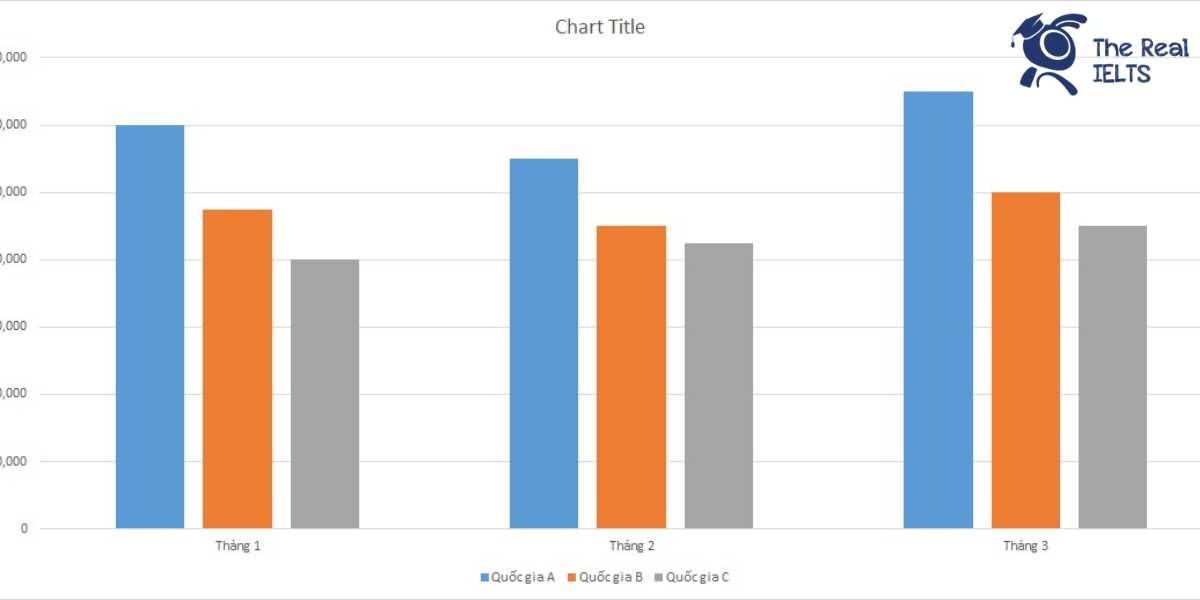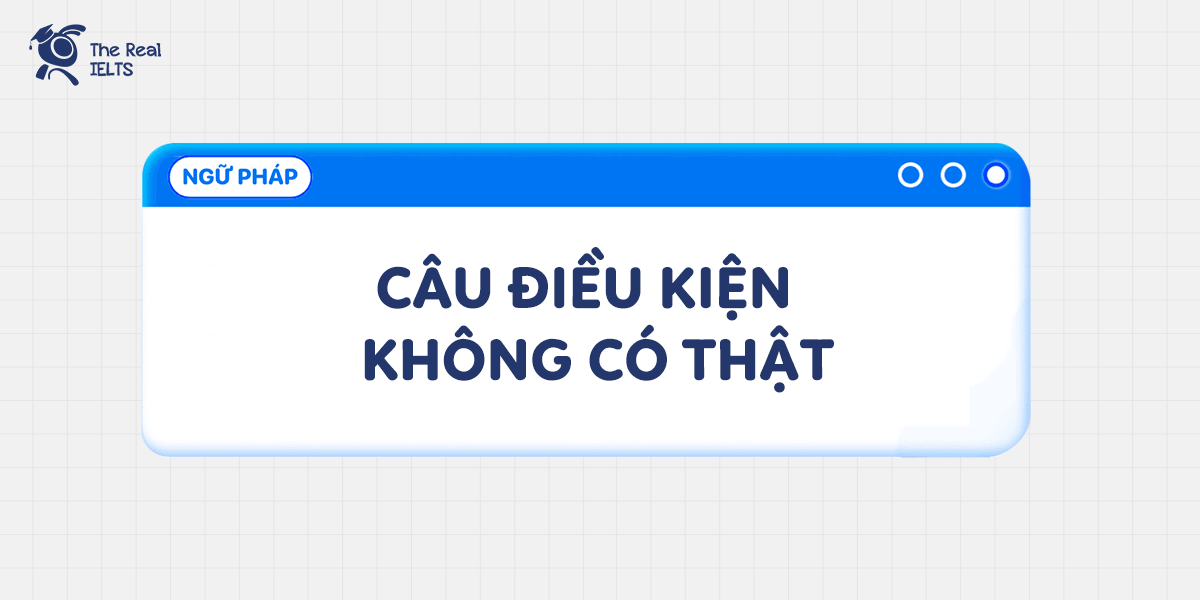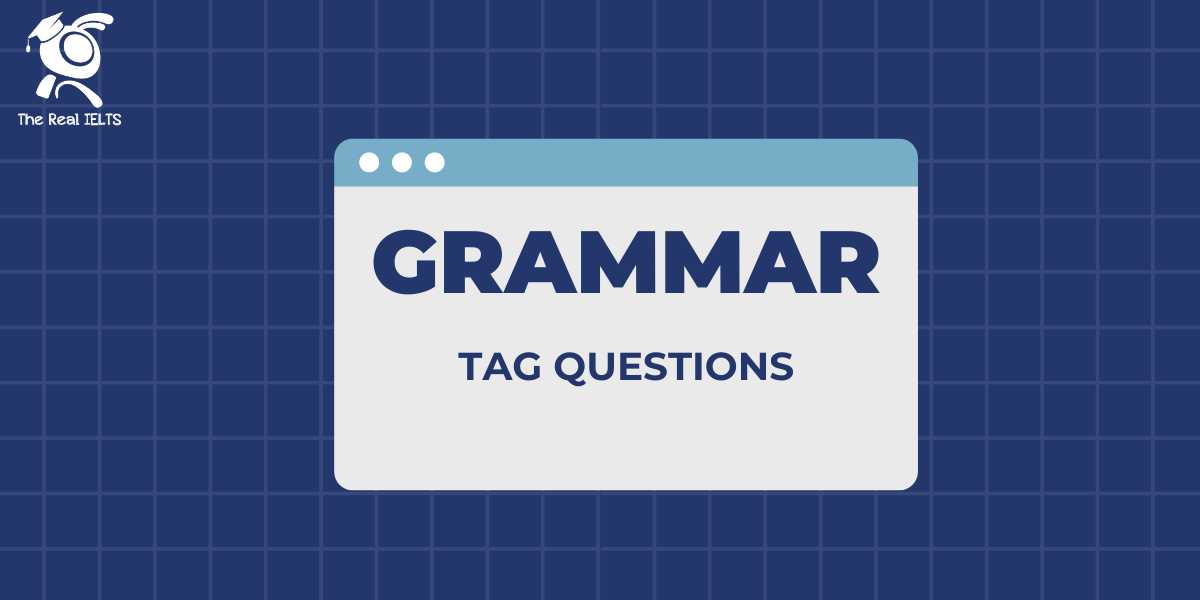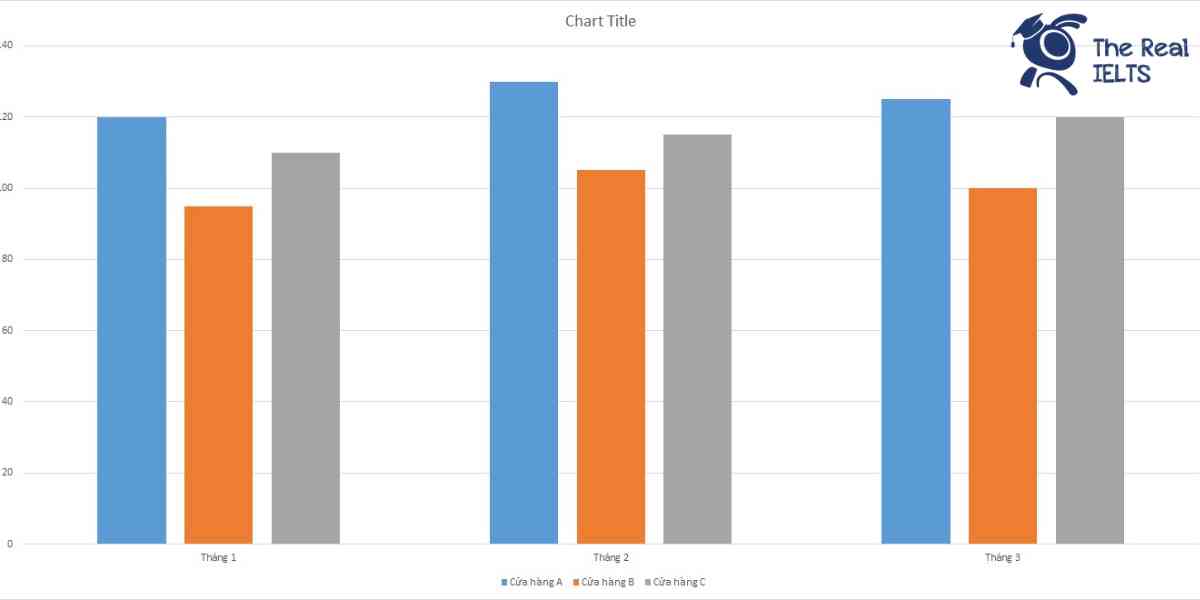IELTS Reading 96: The Fourth Industrial Revolution là chủ đề thuộc chuỗi bài luyện tập 11 dạng bài IELTS Reading và các bài tập luyện tập.
Học lại bài cũ: IELTS Reading 95: Renewable energy technology development.
IELTS Reading: The future of blockchain technology
Innovation plays a crucial role in transforming healthcare by enhancing the quality of care, improving patient outcomes, and reducing costs. As technology advances, new medical devices, telemedicine solutions, and data analytics tools are reshaping how healthcare professionals diagnose and treat patients. For instance, wearable devices that monitor vital signs in real-time empower patients to take charge of their health while providing healthcare providers with valuable data to make informed decisions.
Moreover, innovation in healthcare extends to the development of personalized medicine, which tailors treatments based on an individual’s genetic makeup. This approach has shown significant promise in treating complex diseases, such as cancer, where traditional therapies may not be effective. By leveraging genetic information, healthcare professionals can design targeted therapies that improve efficacy and minimize side effects.
The integration of artificial intelligence (AI) and machine learning into healthcare systems also represents a significant leap forward. These technologies can analyze vast amounts of data to identify patterns and predict patient outcomes, leading to more accurate diagnoses and timely interventions. For example, AI algorithms can assist radiologists in interpreting medical images, significantly reducing the time required to detect anomalies.
Furthermore, innovation in healthcare can enhance operational efficiency within healthcare facilities. The implementation of electronic health records (EHR) systems streamlines patient data management, allowing for better communication among healthcare teams and improving overall workflow. This not only saves time but also reduces the likelihood of errors, ultimately leading to better patient care.
Despite the myriad benefits of innovation, challenges such as data privacy concerns and the need for regulatory frameworks must be addressed. Ensuring that new technologies are safe, effective, and accessible to all populations is vital for maximizing their potential. As healthcare continues to evolve, embracing innovation will be essential for meeting the ever-growing demands of patients and society.
Questions
1. Multiple Choice
Question: What is one of the key roles of innovation in healthcare?
A) To increase healthcare costs
B) To improve patient outcomes
C) To reduce the use of technology
D) To limit access to personalized medicine
2. True/False/Not Given
Question: Wearable devices are only useful for healthcare providers, not for patients.
3. Yes/No/Not Given
Question: The author believes that all innovations in healthcare are beneficial to society.
4. Matching Information
Question: Match the following statements with the correct paragraph from the text.
- The impact of artificial intelligence on diagnoses.
- The role of personalized medicine in treatment.
- Challenges faced by healthcare innovations.
5. Matching Headings
Question: Choose the appropriate heading for each paragraph:
- Innovations in patient monitoring
- The future of personalized treatments
- Addressing data privacy concerns
6. Matching Sentence Endings
Question: Complete the following sentences:
- Innovation in healthcare leads to…
- The integration of AI allows for…
- EHR systems improve…
7. Sentence Completion
Question: The development of personalized medicine tailors treatments based on a patient’s __________.
8. Summary Completion
Question: Complete the summary with the appropriate words from the text:
Innovation in healthcare is essential for __________, enhancing operational efficiency, and ensuring patient safety.
9. Diagram Label Completion
Question: Label the diagram illustrating the process of innovation in healthcare with terms from the text, such as “data analytics,” “telemedicine,” and “wearable devices.”
10. Short Answer Questions
Question: What are two benefits of wearable devices mentioned in the text?
11. Table/Flowchart/Note Completion
Question: Complete the following table with information from the text about different innovations in healthcare and their impacts:
| Innovation | Impact |
|---|---|
| Wearable devices | |
| AI in diagnostics | |
| Electronic health records |
Đáp án
1. Multiple Choice
Đáp án: B) To improve patient outcomes
2. True/False/Not Given
Đáp án: False
3. Yes/No/Not Given
Đáp án: Not Given
4. Matching Information
- The impact of artificial intelligence on diagnoses – Paragraph 3
- The role of personalized medicine in treatment – Paragraph 2
- Challenges faced by healthcare innovations – Paragraph 5
5. Matching Headings
- Innovations in patient monitoring – Heading 1
- The future of personalized treatments – Heading 2
- Addressing data privacy concerns – Heading 3
6. Matching Sentence Endings
- Innovation in healthcare leads to improved patient outcomes and reduced costs.
- The integration of AI allows for more accurate diagnoses and timely interventions.
- EHR systems improve communication among healthcare teams and overall workflow.
7. Sentence Completion
Đáp án: genetic makeup
8. Summary Completion
Đáp án: patient safety
9. Diagram Label Completion
Đáp án: (Labels can vary based on the diagram provided. Example labels could include “data analytics,” “telemedicine,” and “wearable devices.”)
10. Short Answer Questions
Đáp án: 1) They empower patients to take charge of their health.
2) They provide healthcare providers with valuable data for informed decisions.
11. Table/Flowchart/Note Completion
| Innovation | Impact |
|---|---|
| Wearable devices | Empower patients and provide data |
| AI in diagnostics | Leads to accurate diagnoses and timely interventions |
| Electronic health records | Streamlines data management and improves workflow |





